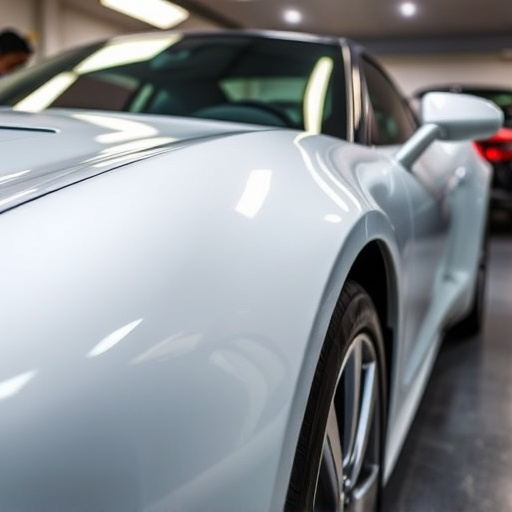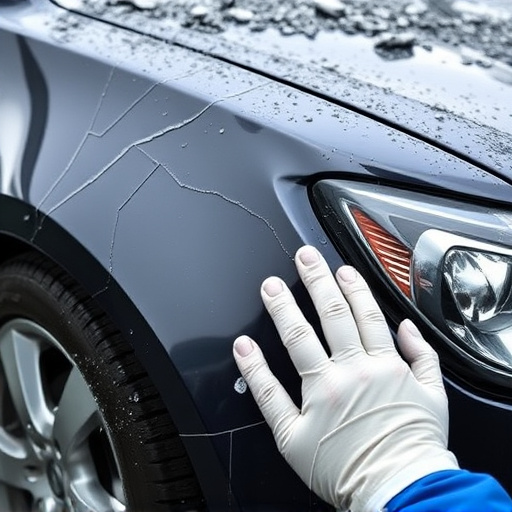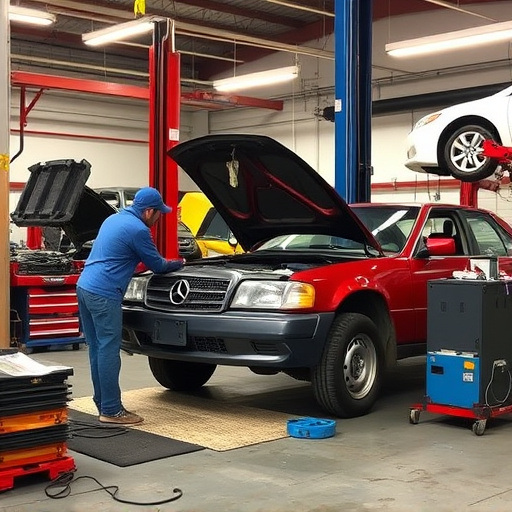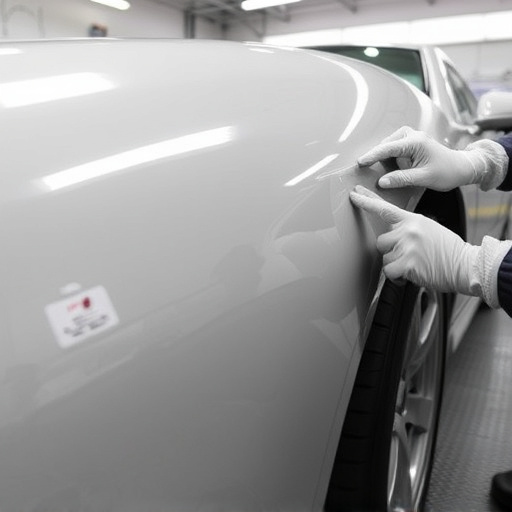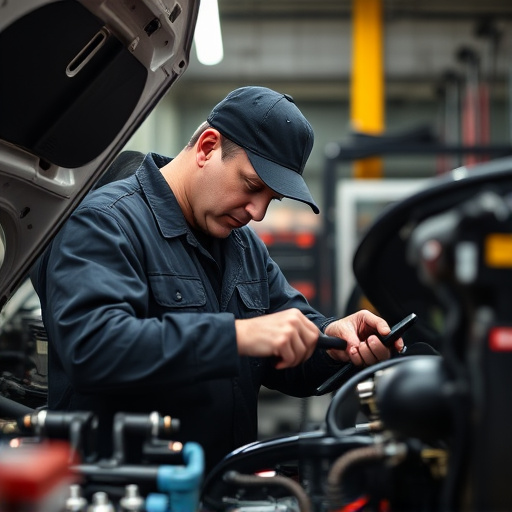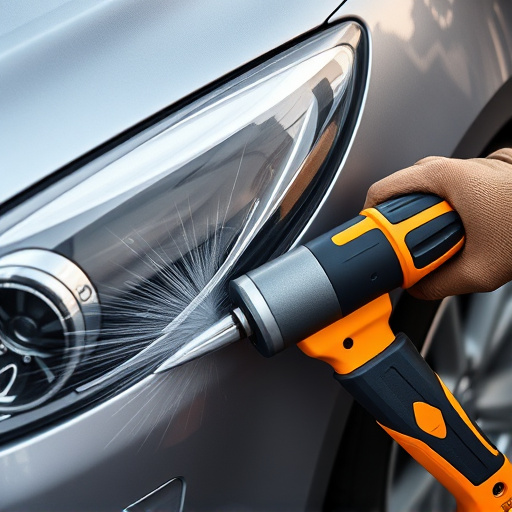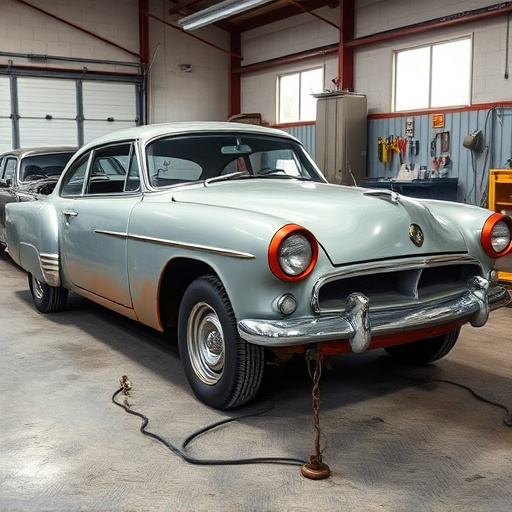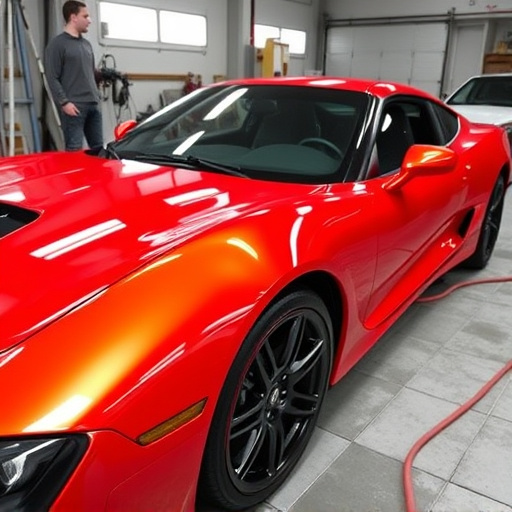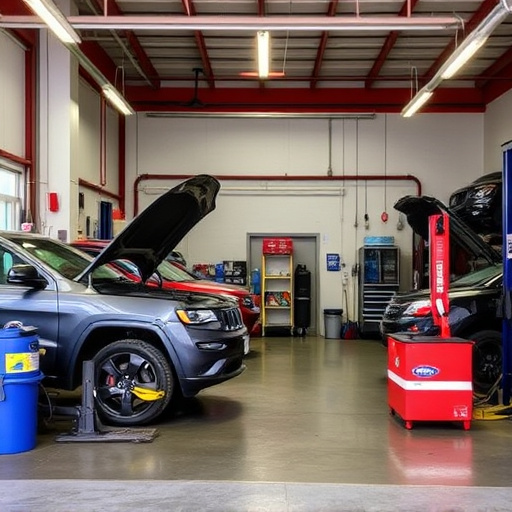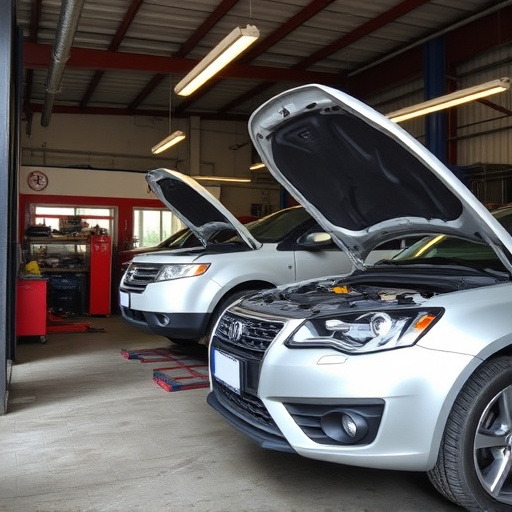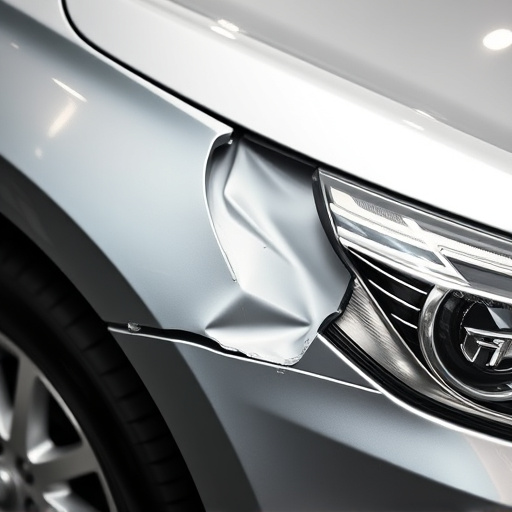Infrared paint drying revolutionizes auto repairs by significantly speeding up paint curing through targeted heat application. The right technique depends on repair scope, vehicle type, and desired outcome, with low-temperature methods for delicate work like dent removal on luxury cars like Mercedes Benz, versus high-temperature techniques for extensive collision repairs. A meticulous approach, including proper ventilation, even application, and controlled drying systems, ensures optimal results, faster turnaround times, reduced overspray, and superior paint quality in vehicle restoration projects.
Uncover the secrets of faster, more efficient painting projects with our comprehensive guide to infrared paint drying. This innovative technique is transforming the industry, offering significant advantages in speed and quality. From understanding the fundamentals and benefits to selecting the right approach for your specific needs, this guide equips you with the knowledge to master infrared paint drying. Learn a step-by-step process to ensure successful implementation, revolutionizing your painting workflow. Discover how infrared paint drying can elevate your projects today.
- Understanding Infrared Paint Drying: The Basics and Benefits
- Choosing the Right Infrared Paint Drying Techniques for Your Project
- Step-by-Step Guide to Implementing Efficient Infrared Paint Drying
Understanding Infrared Paint Drying: The Basics and Benefits
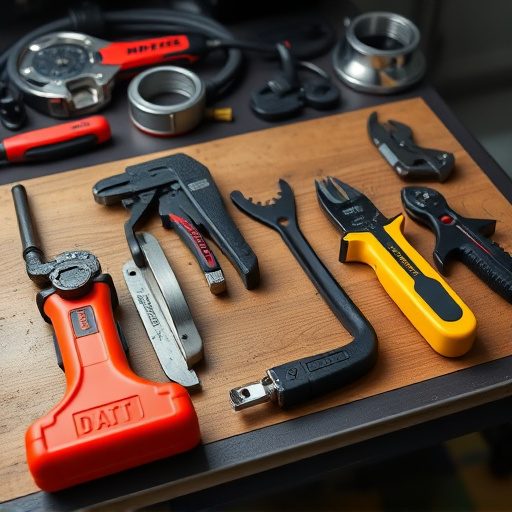
Infrared paint drying is a revolutionary technique that accelerates the curing process of paint, significantly reducing dry times compared to conventional methods. It works by using infrared radiation to raise the temperature of the paint’s surface, initiating chemical reactions that harden the material. This technology offers numerous benefits, from improved productivity in automotive and collision repair facilities (like those fixing a fender bender) to enhanced paint quality and consistency.
Infrared drying eliminates the need for lengthy waiting periods, enabling auto glass repair or Mercedes Benz collision repair shops to complete jobs more efficiently. By minimizing exposure to heat sources, it also reduces the risk of paint defects and ensures a smoother finish. This advanced method is particularly advantageous in fast-paced industries where quick turnaround times are essential, ensuring customer satisfaction without compromising on quality.
Choosing the Right Infrared Paint Drying Techniques for Your Project

Selecting the optimal infrared paint drying technique is pivotal to the success and efficiency of any restoration project. The choice largely depends on the scale of the damage, the type of vehicle, and the desired outcome. For instance, dent removal and car damage repair in luxury cars like Mercedes-Benz often require precise, low-temperature drying methods to preserve the finish and intricate details.
Conversely, for more extensive collision repairs, higher temperature infrared paint drying techniques can accelerate the process, ensuring faster turnaround times. Understanding the specific needs of your project, whether it’s dent removal or more complex mercedes benz collision repair, will enable you to choose a technique that delivers optimal results, saving time and resources while maintaining high-quality standards.
Step-by-Step Guide to Implementing Efficient Infrared Paint Drying

Implementing efficient infrared paint drying involves a precise, step-by-step approach for optimal results. First, prepare your workspace by ensuring adequate ventilation and covering surrounding areas to prevent overspray. Next, carefully apply the infrared paint using a spray gun or airbrush, maintaining a consistent distance from the surface to ensure even coating. After application, cure the paint using an infrared drying system, adjusting temperature and time settings based on the specific paint type for optimal drying.
For best practices in vehicle repair, including vehicle dent repair and fleet repair services, incorporate infrared paint drying into your process. This technique offers several advantages, such as faster drying times compared to traditional methods, reduced risk of overspray, and improved paint quality. By following these steps, you can streamline the painting process, enhance productivity, and deliver superior results in both individual vehicle repairs and fleet maintenance operations.
Infrared paint drying is a game-changer for efficient and fast coating processes. By understanding the basics, choosing the right techniques for your project, and following a step-by-step guide, you can harness the benefits of this innovative method. Whether for industrial applications or DIY projects, infrared paint drying offers advantages like reduced dry times, improved surface quality, and energy savings. Incorporate these techniques to streamline your painting process and achieve professional results in no time.
